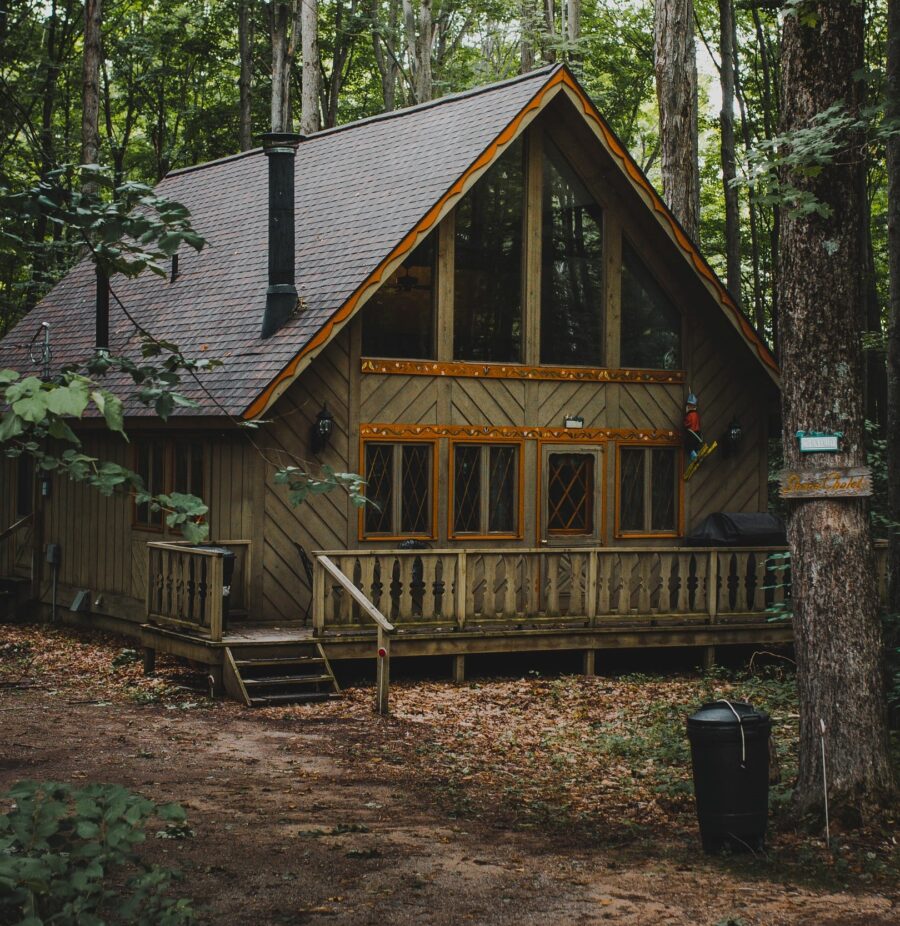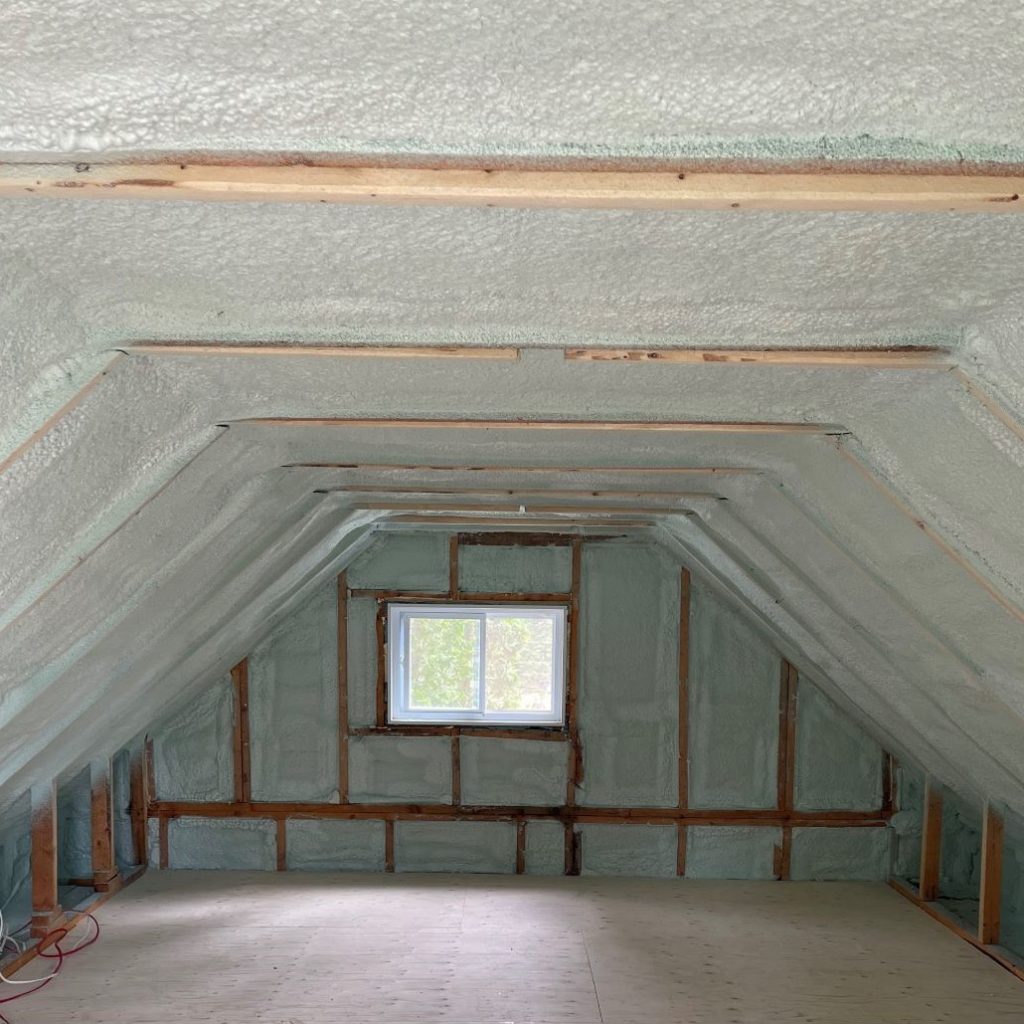5 ELEMENTS TO CONSIDER FOR INSULATING YOUR COTTAGE FOR WINTER
You’ve had a heavy heart for years when it comes time to close your cottage in the fall. With the pandemic, you may be thinking of living there year-round and working from home? Fireplace, holiday season at the cottage, snowshoeing in the forest, does that all speak to you? Before you get carried away, the first step is to carry out an insulation diagnosis. When this is done, here are some points to consider for insulating your cottage and enjoy it all year-round.
1. Change or Repair Windows and Doors
The old windows in your cottage may be leaking. If they’re not airtight, you might feel cold air and get a bad surprise when you see your next electric bill. Installing double windows will allow you to keep the winter weather outside. Also, make sure your doors are properly sealed and that the weatherstripping is still effective.
2. Make Sure You Have an Efficient Heating System
You’ve had a woodstove for several years at the cottage, but will it be efficient enough to heat all the rooms in the cottage during the harsh cold of February? You also have to think about the cost of wood heating. Would it be more economical to install a few electric baseboards in strategic places? Would a heat pump allow you to enjoy more comfortable warmth all around the place? Would you also need it in the summer to air-condition your chalet? By evaluating all of these options, you will be able to find the most economical one for your needs.
3. Go to the Attic and Check the Insulation of the Roof
Did you know that roof insulation is the easiest, fastest and most economical way to obtain significant gains? Indeed, inadequate insulation of your attic can represent up to 25% of energy loss. There are several reasons for these losses. These include numerous air leaks, ducts running through the attic, unsealed recessed light fixtures, and vented bathroom fans in the attic. These are all good reasons to check for attic heat loss.
Fortunately, the lack of insulation can be partly solved by adding 6 to 8 inches of cellulose on top of the original insulation. In addition to covering thermal bridges, adding cellulose will allow you to lower your heating costs by 20 to 30%.

4. Improve the Basement’s Insulation
Who says damp and cold crawl space also says cold floor. Damp earth is the cause. This humidity also attracts rats, insects, mildew and fungi. Not to mention that a poorly insulated crawl space leads to enormous heat loss in winter. In order to counter these problems and insulate before the cold season, you can cut the humidity by covering the floor with a polythene vapour barrier and by insulating the foundation walls and the end joist with sprayed urethane. With this waterproof weatherstripping, you will finally enjoy a warm and comfortable floor in addition to saving on your heating bill. Add 2 electric forced air heater units and you’re done.
5. Insulate Above-Ground Walls During Renovations
As long as you want to live in your cottage year-round, maybe you want to treat yourself to a brand new kitchen or expand the living room? During your renovations, you will have access to the exterior walls (change of coating) or interior. If you want to improve your cottage’s insulation, now’s the time. Adding a few inches of sprayed urethane will allow you to gain comfort and enjoy perfectly insulated walls.
The Advantages of Having Your Cottage Insulated for the Winter
-Reduce your energy costs.
-Get better resale value.
-Optimize your investment by living there year-round.
-Enjoy a more comfortable cottage with warm floors.
-Avoid mildew and excessive humidity which could prematurely damage your cottage.
In summary, to insulate your cottage and enjoy it during the winter season, you must ensure that your windows, your heating system and your insulation are adequate. Moreover, if you decide to add insulation, you could take advantage of a government subsidy through the Rénoclimat program.
If you have any questions about insulating your cabin, don’t hesitate to speak to one of our insulation experts.
This article was originally published on October 28, 2020 by Jocelyn St-Pierre









